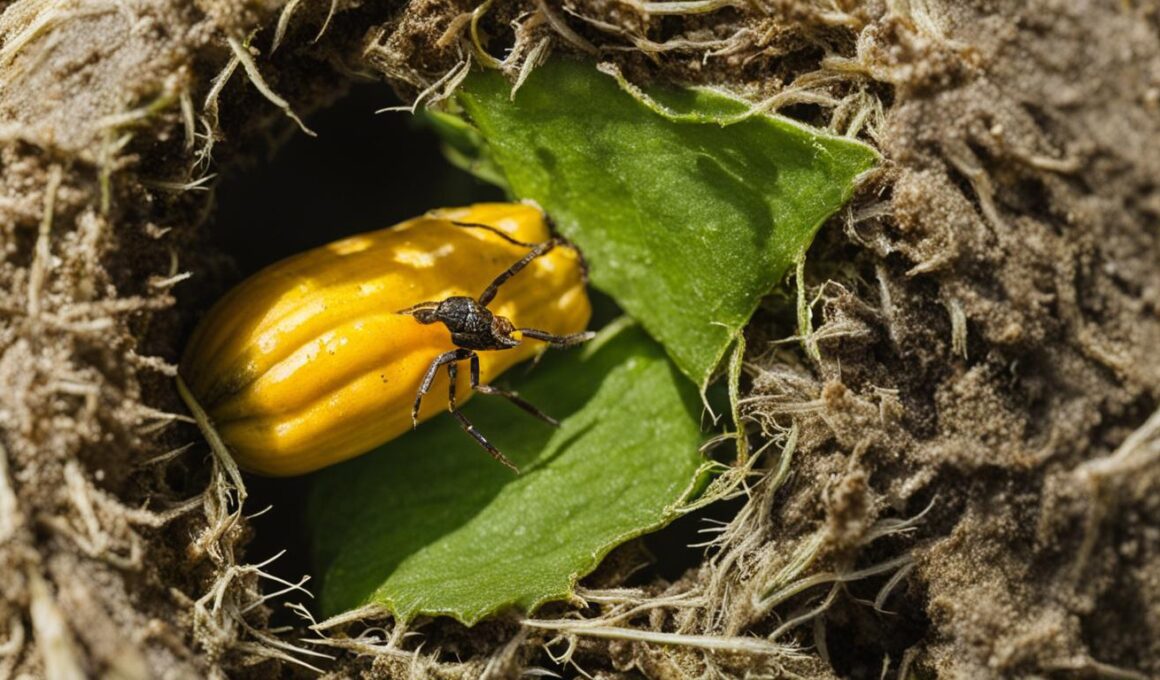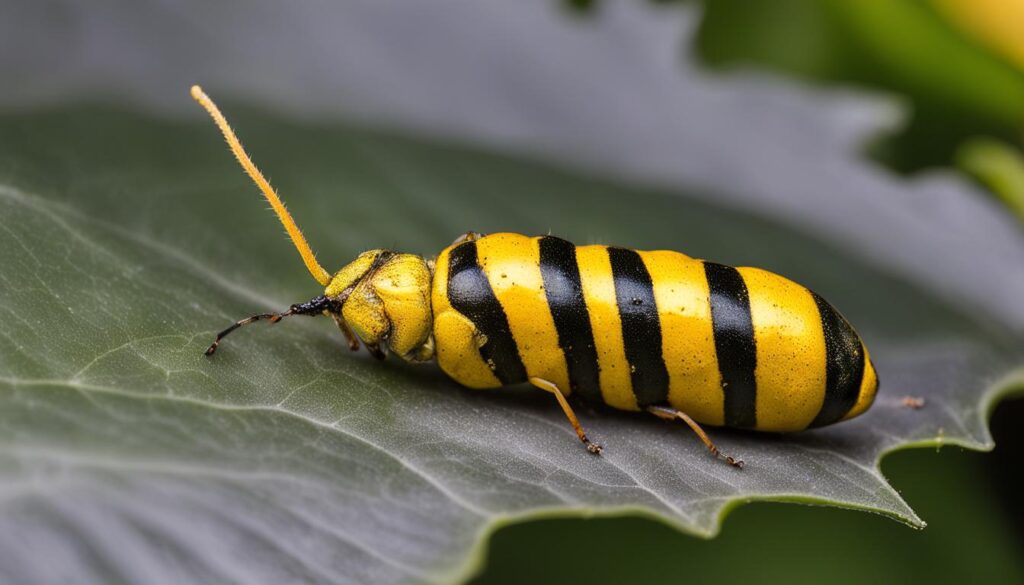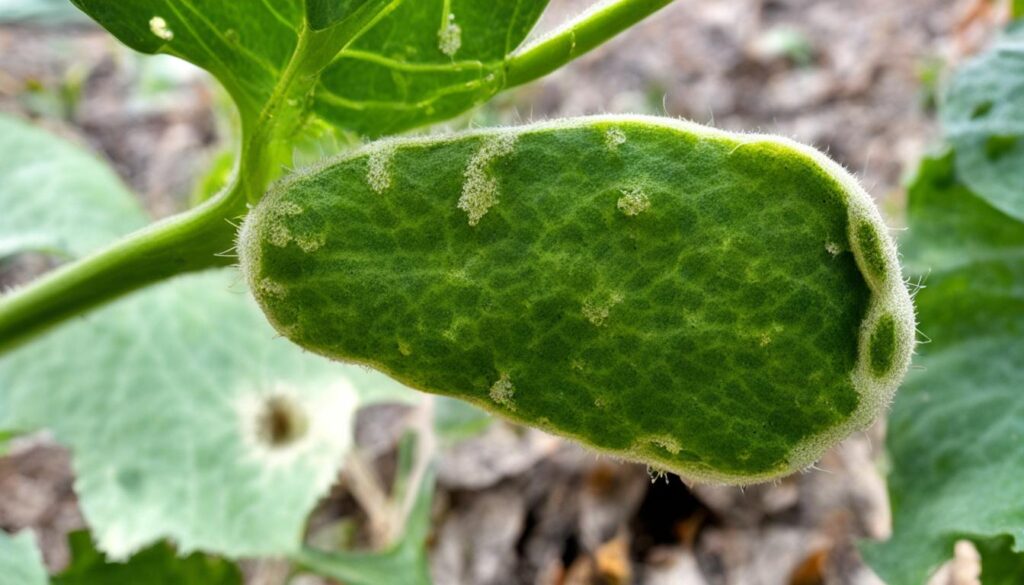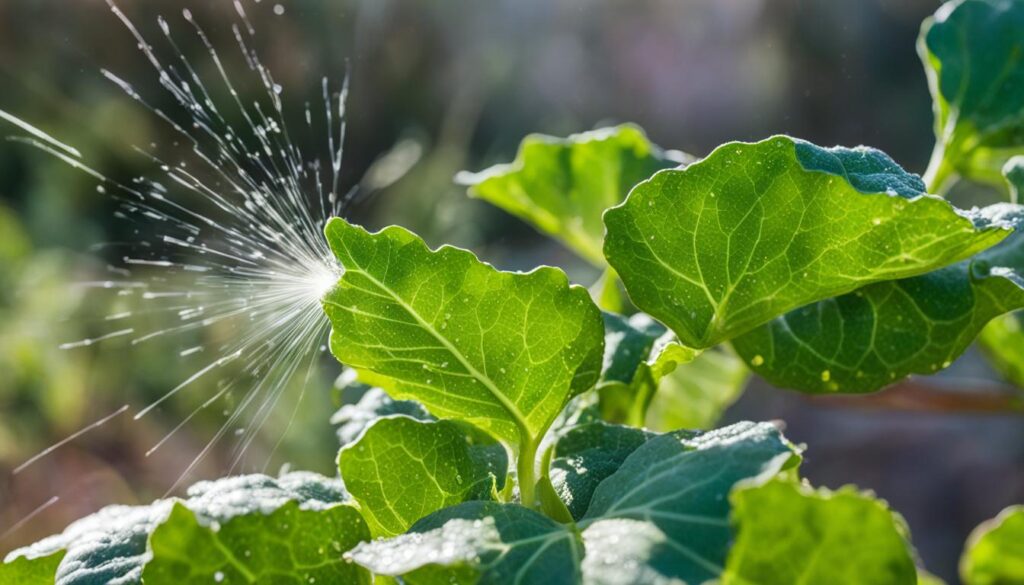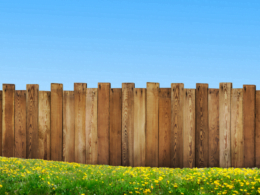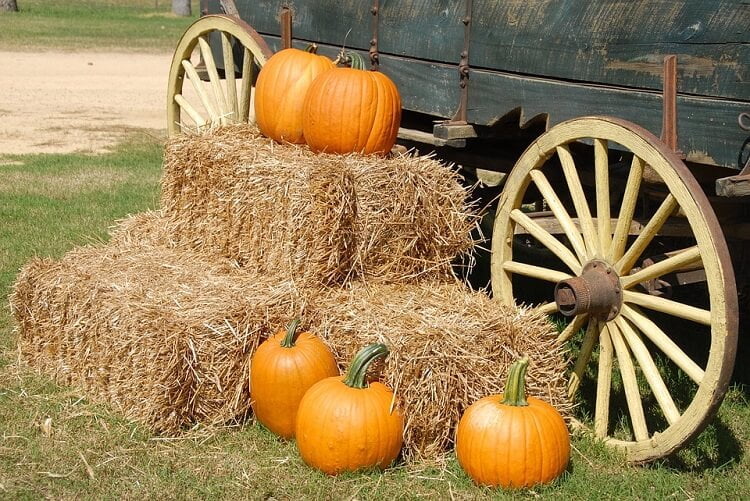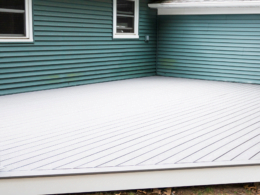Welcome to the ultimate guide on protecting your squash plants from the destructive vine borer! These pesky pests can wreak havoc on your squash plants, causing significant damage and even death. But fear not, because we’re here to provide you with organic methods and strategies to prevent squash vine borer infestations. By following our expert advice, you can safeguard your precious squash plants and ensure a bountiful harvest.
Key Takeaways:
- Preventing vine borer infestations is crucial for the health and productivity of your squash plants.
- Organic methods, such as using Bt spray and mulching the stems, are effective in deterring squash vine borers.
- Identifying the signs of infestation and taking immediate action can prevent further damage to your squash plants.
- Implementing physical barriers, planting trap crops, and introducing beneficial insects can also help protect your squash from vine borers.
- If you already have vine borers, manual removal, diatomaceous earth, and insecticides can be used to minimize damage.
What are Squash Vine Borers?
Squash vine borers are the larvae of an orange and black sesiid moth. These moths are diurnal and native to the Americas. Adult squash vine borer moths lay their eggs on squash plants, and the larvae then bore into the stems of the plant, feeding on the plant and causing eventual death. A single female moth can lay up to 150 eggs in a season, leading to severe damage to squash plants.
The squash vine borer lifecycle begins when the adult moths emerge in early summer. These moths lay their eggs on the stems and leaves of squash plants, typically near the base of the plant. After a week or so, the eggs hatch into larvae, which then tunnel into the plant stems. The larvae continue to feed and grow within the plant, causing wilting and eventually killing the plant. Once the larvae have matured, they exit the plant and pupate in the soil, emerging as adult moths in the following summer.
To successfully protect your squash plants from vine borers, it is important to understand their behavior and life cycle. By recognizing the signs of infestation and implementing preventative measures, you can minimize the damage inflicted by these destructive pests.
Table: Squash Vine Borer Lifecycle
| Stage | Description |
|---|---|
| Adult Moth | Emerges in early summer and lays eggs on squash plants |
| Eggs | Hatch into larvae after a week |
| Larvae | Tunnel into plant stems and feed on plant tissue |
| Pupae | Exit the plant and pupate in the soil |
| Adult Moth | Emerge in the following summer to repeat the life cycle |
Identifying Squash Vine Borer Infestation
If you suspect that your squash plants are being attacked by squash vine borers, it’s important to identify the signs of an infestation early on. By recognizing these signs, you can take prompt action to protect your plants and prevent further damage.
Wilted squash plants:
One of the most noticeable signs of a squash vine borer infestation is wilting of the squash plants. If your once healthy and vibrant plants suddenly start to wilt and collapse within a day or two, it could be an indication that they have been attacked by vine borers.
Holes in stems:
Inspect the base of the plant for small holes in the leaf stems or the main stem. Squash vine borers bore into the stems of the plant to feed on the internal tissue, causing damage to the plant’s vascular system. These holes may be accompanied by brown frass, which is the chewed-up stem material, around the openings.
Frass:
The presence of frass is another telltale sign of a squash vine borer infestation. Frass is the excrement left behind by the larvae as they feed on the plant’s stems. It can appear as a brown or sawdust-like material around the holes in the stems.
By being vigilant and regularly inspecting your squash plants for these signs, you can catch a squash vine borer infestation early and take appropriate measures to protect your crop.
Table: Signs of Squash Vine Borer Infestation
| Signs | Description |
|---|---|
| Wilted squash plants | Rapid wilting and collapsing of squash plants within a day or two. |
| Holes in stems | Small holes in the leaf stems or main stem of the plant, often accompanied by brown frass around the openings. |
| Frass | Brown or sawdust-like material left behind by the larvae as they feed on the stems. |
Organic Method 1: Apply Bt Spray
One effective organic method for squash vine borer control is to apply Bt spray. Bt, or Bacillus thuringiensis, is a naturally occurring bacterium that specifically targets and kills certain insect larvae, including squash vine borers. When applied correctly, Bt spray can help prevent infestations and protect your squash plants.
To utilize Bt spray for squash vine borer control, it is important to choose an OMRI certified formulation that contains Bacillus thuringiensis var. kurstaki (Btk). This strain of Bt has been found to be particularly effective against squash vine borers. It is crucial to follow the manufacturer’s instructions for application and dosage when using Bt spray.
When applying Bt spray, ensure that all parts of the squash plant are thoroughly covered. This includes the leaves, leaf stems, and the main stem where the eggs are typically laid. Applying the spray twice per week and after rainfall can help maintain its effectiveness. It is important to avoid spraying directly into the flowers to prevent disrupting pollination.
| Advantages of Using Bt Spray for Squash Vine Borer Control | Disadvantages of Using Bt Spray for Squash Vine Borer Control |
|---|---|
|
|
While Bt spray is a useful tool for organic pest control, it is important to understand that it may not completely eliminate all squash vine borers. Therefore, it is recommended to combine Bt spray with other prevention strategies for better control.
Organic Method 2: Mulch the Stems
Mulching the stems of your squash plants can be an effective strategy to prevent squash vine borer infestations. By applying a thick layer of mulch around the main stem of the plant as it crawls along the ground, you create a physical barrier that can deter adult squash vine borer moths from laying their eggs on the stems. Mulching also offers additional benefits to the plants, such as conserving moisture, regulating soil temperature, and suppressing weeds.
When mulching your squash plants, choose a natural material like straw, leaves, or grass clippings. Spread the mulch in a circle around the base of the plant, leaving a small space around the stem to prevent moisture buildup and potential rot. It’s important to apply a thick layer of mulch, around 2-4 inches, to provide adequate insulation and protection for the stem.
By mulching the stems of your squash plants, you create an environment that is less attractive to squash vine borer moths for egg-laying. Additionally, the mulch helps in the development of new roots along the stem, allowing the plant to support new growth even if it has been infested by squash vine borers. Remember to regularly monitor your plants for any signs of infestation and take prompt action to protect your squash crop.
Benefits of Mulching Squash Plant Stems:
- Provides a physical barrier, deterring egg-laying by squash vine borer moths
- Conserves moisture and regulates soil temperature
- Suppresses weed growth, reducing competition for resources
- Promotes the development of new roots along the stem
- Allows the plant to continue supporting new growth even if infested
Tips for Mulching Squash Plant Stems:
- Choose natural materials like straw, leaves, or grass clippings for mulching
- Spread the mulch in a circle around the base of the plant
- Leave a small space around the stem to prevent moisture buildup
- Apply a thick layer of mulch, around 2-4 inches, for adequate insulation
- Regularly monitor your plants for signs of infestation
| Material | Pros | Cons |
|---|---|---|
| Straw | Good insulation, readily available | Potential seed contamination |
| Leaves | Rich in organic matter, free if collected | May mat together and restrict airflow |
| Grass Clippings | Quick decomposition, adds nitrogen to the soil | May compact and create a barrier to water |
Other Prevention Strategies
In addition to the organic methods mentioned earlier, there are several other strategies you can use to protect your squash plants from vine borers. These methods can help enhance the effectiveness of your overall pest control efforts, ensuring healthier and more productive squash plants.
Physical Barriers for Squash Plants
One effective technique is to use physical barriers to prevent squash vine borer eggs from being laid on your plants. Covering the stems with materials like nylon stockings or aluminum foil can create a barrier that prevents the adult moths from accessing the plants and laying their eggs. Make sure to secure the barrier tightly around the stem to ensure no gaps are left for the moths to penetrate.
Early Planting
Another strategy for preventing squash vine borers is to plant your squash early in the season. By doing so, you allow the plants to establish themselves before the peak activity of vine borer moths. Early planting can give your squash plants a head start, making them better equipped to withstand potential infestations as they grow.
Trap Crops
Consider using trap crops in your garden to divert vine borers away from your main squash plants. Planting crops that the vine borers prefer, such as Hubbard squash, can attract the pests and lure them away from your valuable plants. By sacrificing a few trap crops, you can protect your main squash plants and minimize the damage caused by vine borers.
Beneficial Insects
Introduce beneficial insects, such as parasitic wasps, into your garden as natural predators of squash vine borers. These beneficial insects prey on vine borer eggs and larvae, helping to control their population and reduce the chances of an infestation. Encouraging a diverse ecosystem in your garden can naturally support the presence of these beneficial insects.
| Prevention Strategies | Effectiveness |
|---|---|
| Physical Barriers for Squash Plants | High |
| Early Planting | Moderate |
| Trap Crops | Moderate |
| Beneficial Insects | High |
Getting Rid of Squash Vine Borers
If you already have squash vine borers infesting your plants, there are several effective methods for minimizing their damage. Here are some strategies you can try:
Manual Removal
One method of getting rid of squash vine borers is to manually remove the larvae. Carefully slit open the stem of the affected plant and remove the borers by hand. Ensure you remove all larvae and dispose of them properly. You can also insert a wire into the stem to kill any hidden larvae. This method can be time-consuming but can help in controlling the infestation.
Applying Diatomaceous Earth
Diatomaceous earth is a natural and environmentally friendly solution for combating squash vine borers. Sprinkle food-grade diatomaceous earth around the base of the affected plants. The microscopic diatoms present in the earth will pierce the outer shells of the pests, dehydrating and killing them. This method acts as a barrier that deters squash vine borers from infesting your plants.
Using Insecticides
If the infestation is severe, you may consider using insecticides specifically formulated to control squash vine borers. Look for insecticides containing carbaryl or permethrin, which are effective in killing these pests. Always follow the instructions on the label and apply the insecticide according to the recommended dosage and frequency. Consult with your local cooperative extension service for advice on appropriate chemical controls.
Remember, prevention is always better than treatment when it comes to squash vine borers. By implementing preventive measures and regularly inspecting your plants for signs of infestation, you can minimize the risk of damage and ensure the health and productivity of your squash plants.
What are the Best Methods for Protecting Squash from Vine Borers?
To avoid squash vine borers, try covering the plants with floating row covers to prevent adult moths from laying eggs on them. You can also plant resistant varieties or use biological controls like beneficial nematodes to protect your squash from vine borers. Regularly monitoring plants for signs of infestation is also crucial.
Conclusion
Protecting your squash plants from vine borers is crucial to ensure a healthy and productive harvest. By implementing a combination of organic pest control methods and prevention strategies, you can effectively safeguard your plants from these destructive pests.
Start by familiarizing yourself with the signs of a squash vine borer infestation. Wilted plants, holes in the stems, and frass around the openings are key indicators that action needs to be taken. Once identified, it’s time to apply preventive measures.
Organic methods such as applying Bt spray, mulching the stems, and using physical barriers can significantly reduce the risk of vine borer damage. Regularly applying Bt spray to all parts of the plant, including the leaves and main stem, can control the larvae’s population. Mulching the stems with a thick layer of mulch acts as a deterrent for adult moths, while stimulating new root growth along the stem. Additionally, using physical barriers like nylon stockings or aluminum foil can prevent egg laying.
Remember, timing is everything. Planting squash early allows them to establish before vine borer activity increases. You can also consider using trap crops like Hubbard squash to divert the pests away from your main plants. And don’t forget to introduce beneficial insects like parasitic wasps that prey on squash vine borers.
By following these prevention strategies and employing organic pest control methods, you can protect your squash plants and enjoy a bountiful harvest. Stay proactive and take action at the first signs of an infestation to ensure the health and productivity of your squash plants.
FAQ
What are squash vine borers?
Squash vine borers are the larvae of an orange and black sesiid moth. They bore into the stems of squash plants, causing damage and eventual death to the plant.
How can I identify a squash vine borer infestation?
Look for wilted squash plants that collapse within a day or two. Check the base of the plant for small holes in the leaf stems or the main stem, with brown frass (chewed up stem material) around the openings.
What is Bt spray and how can it control squash vine borers?
Bt (Bacillus thuringiensis) is a naturally occurring bacterium. OMRI certified Bt spray formulations containing Bacillus thuringiensis var. kurstaki (Btk) are particularly effective against squash vine borers. Apply Bt spray to all parts of the squash plant, including the leaves, leaf stems, and main stem where eggs are typically laid.
How can mulching the stems of squash plants help prevent vine borer infestations?
Applying a thick layer of mulch around the main stem of the plant can deter adult moths from laying eggs on the stems. It can also promote the growth of new roots along the stem, allowing the plant to continue supporting new growth even if it has been infested by squash vine borers.
Are there other prevention strategies to protect squash plants from vine borers?
Yes, you can use physical barriers such as nylon stockings or aluminum foil to cover the stems and prevent egg-laying. Planting squash early allows the plants to establish before vine borer activity increases. Consider using trap crops, like Hubbard squash, to divert the pests away from your main squash plants. Introducing beneficial insects, such as parasitic wasps, can also help prey on squash vine borers.
How can I get rid of squash vine borers if my plants are already infested?
You can manually remove the larvae by slitting open the stem and carefully removing them by hand. Inserting a wire into the stem can also kill larvae inside. Applying diatomaceous earth around the stalks or using insecticides containing carbaryl or permethrin can help control squash vine borers.
What are some key takeaways for protecting squash from vine borers?
By identifying the signs of infestation, applying Bt spray, mulching the stems, and implementing other preventive measures, you can significantly reduce the risk of squash vine borer damage. Stay vigilant and take action at the first signs of an infestation to protect your squash plants and maximize your garden’s productivity.





